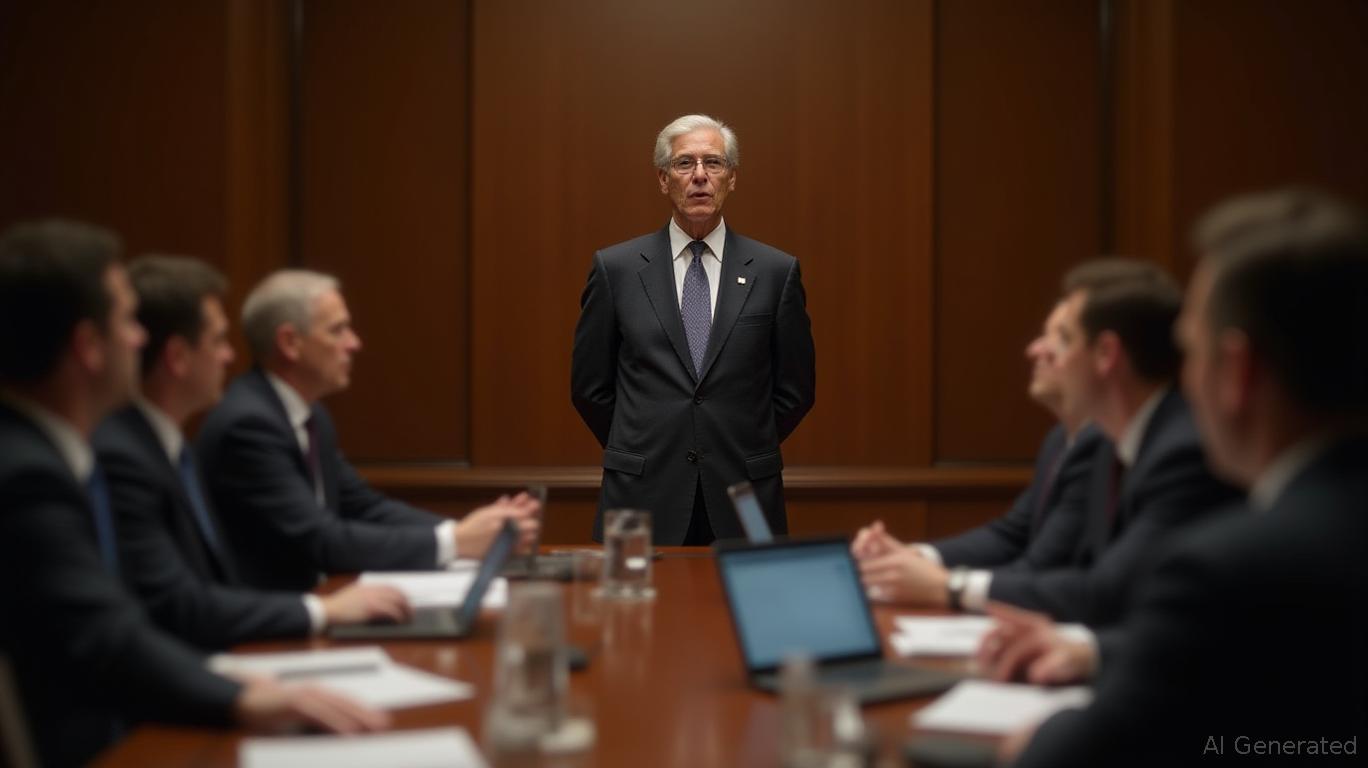Federal Reserve Vice Chair for Supervision Michelle Bowman emphasized the urgent need for banks to evolve with the digital transformation sweeping the financial sector, stating that traditional banking models may become obsolete if they fail to embrace blockchain technology and digital assets. In a speech delivered at the 2025 Wyoming Blockchain Symposium, Bowman outlined the Federal Reserve’s evolving stance, highlighting the transformative potential of blockchain and tokenization in reshaping asset transfer, payment systems, and financial innovation [1].
Bowman acknowledged the seismic shift underway in how society perceives money and value, noting that blockchain technology could fundamentally alter everyday business processes. She pointed to historical technological advancements, such as the internet and industrialization, as precedents for the lasting societal impact that blockchain, artificial intelligence, and quantum computing may bring. Despite the unknown future, Bowman stressed that the opportunities and benefits associated with these innovations could be profound [1].
Tokenization, a key focus of the Fed’s evolving approach, presents significant advantages for the banking system, particularly in streamlining asset ownership transfers and reducing transactional friction. Current asset transfer processes often require custodians, manual reconciliations, and physical asset movements, which are both costly and time-consuming. Tokenized assets, however, allow for direct, near-instantaneous transfers without the need for intermediaries, potentially lowering costs and mitigating risks. While widespread adoption has not yet materialized, Bowman noted that legal and technological advancements could soon create a tipping point for broader market acceptance [1].
Beyond tokenization, Bowman expressed optimism about banks’ growing willingness to engage with digital assets, including providing custody services to retail customers. She highlighted the GENIUS Act, signed into law by the President, which positions stablecoins as a key component of the evolving financial system. The act tasked banking agencies with developing a regulatory framework for stablecoins, underscoring the potential for these assets to disrupt traditional payment rails. Banks and regulators, she argued, must adopt a more open and tailored regulatory approach to accommodate the unique characteristics of digital assets while ensuring consumer protection and financial stability [1].
The Federal Reserve’s approach also involves rethinking its supervisory mindset, including a recent decision to eliminate reputational risk as a consideration in its supervisory process. Bowman emphasized that banks should not be penalized for serving legal industries, and that regulatory focus must remain on financial safety and soundness rather than subjective concerns. She also advocated for greater staff expertise in digital assets, suggesting that Fed employees should be allowed to hold small amounts of crypto to better understand the technology. This, she argued, would improve regulatory engagement with the industry and foster a more informed, hands-on approach to supervision [1].
Bowman’s comments align with broader industry trends. A recent Deloitte survey found that 23% of North American CFOs plan to adopt cryptocurrency for treasury or payment functions within two years, with larger firms showing even greater interest. While concerns about volatility, regulatory uncertainty, and operational complexity persist, the growing corporate interest reflects an emerging acceptance of digital assets as viable tools for business operations and investment diversification [5]. Additionally, the iGaming sector has already embraced cryptocurrency for its speed, low fees, and global accessibility, serving as a model for how other industries might integrate digital currencies more broadly [6].
Bowman’s speech underscores the Fed’s commitment to balancing innovation with regulatory oversight. By fostering collaboration between regulators and industry stakeholders, the Federal Reserve aims to create a framework that supports technological advancement while safeguarding financial stability. As digital assets continue to evolve, the central bank’s evolving approach could play a critical role in ensuring that traditional banks remain relevant in a rapidly changing financial landscape [1].
Source:
[1] Speech by Vice Chair for Supervision Bowman (https://www.federalreserve.gov/newsevents/speech/bowman20250819a.htm)
[2] Fed’s Bowman suggests allowing central bank staff to own small amounts of crypto (https://www.reuters.com/sustainability/boards-policy-regulation/feds-bowman-suggests-allowing-central-bank-staff-own-small-amounts-crypto-2025-08-19/)
[3] Fed supervision Governor vows to balance risk assessment with innovation (https://www.ledgerinsights.com/fed-supervision-governor-vows-to-balance-risk-assessment-with-innovation/)
[4] Blockchain and tokenization: Transforming asset management (https://www.janushenderson.com/en-lu/advisor/article/blockchain-and-tokenization-transforming-asset-management-on-behalf-of-clients/)
[5] Deloitte: 23% of CFOs Plan Crypto Adoption Within Two Years (https://fintechmagazine.com/news/deloitte-23-of-cfos-plan-crypto-adoption-within-two-years)
[6] Why have cryptocurrencies been adopted so quickly by the iGaming industry? (https://businesscloud.co.uk/news/why-have-cryptocurrencies-been-adopted-so-quickly-by-the-igaming-industry/)

